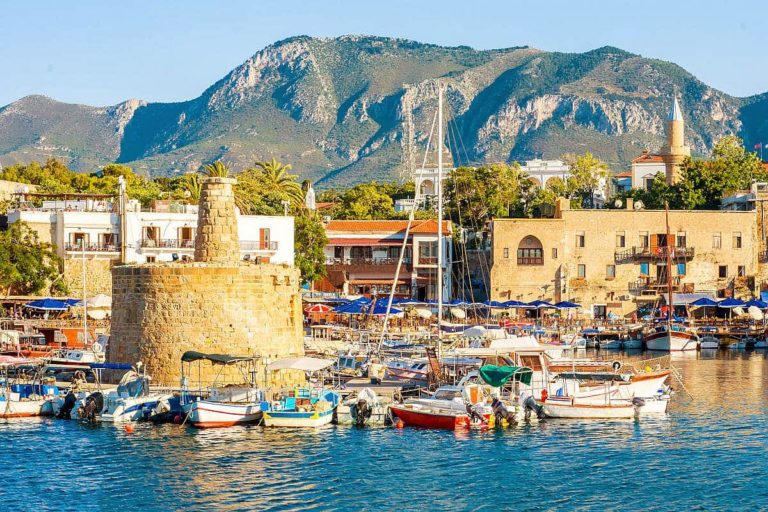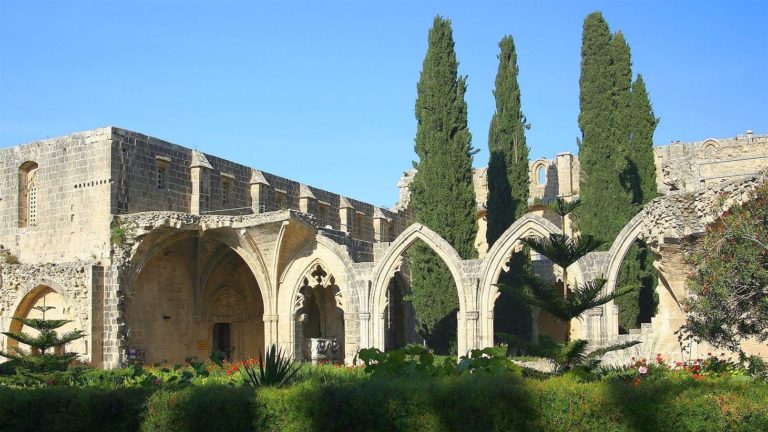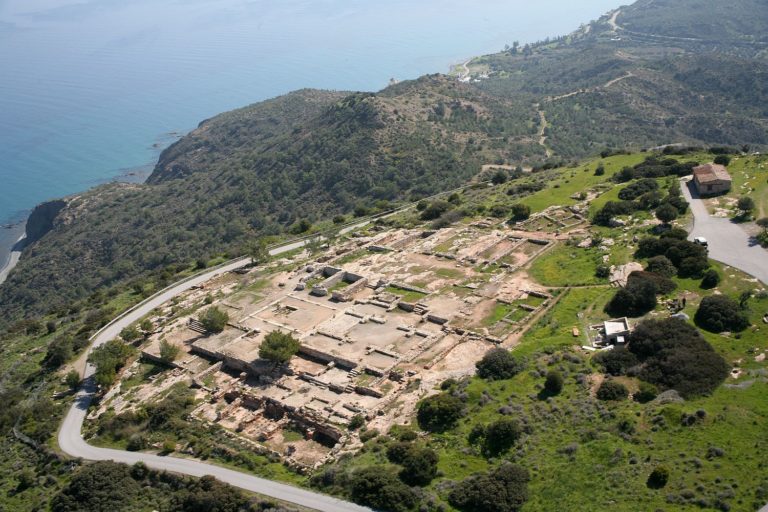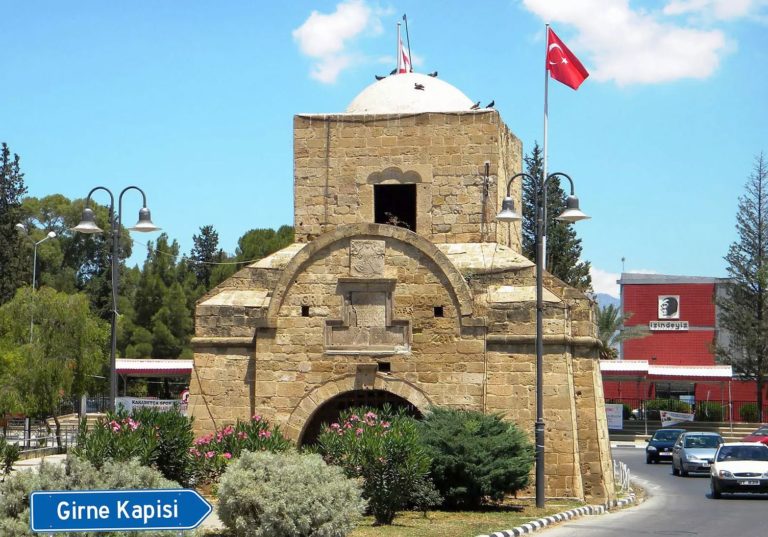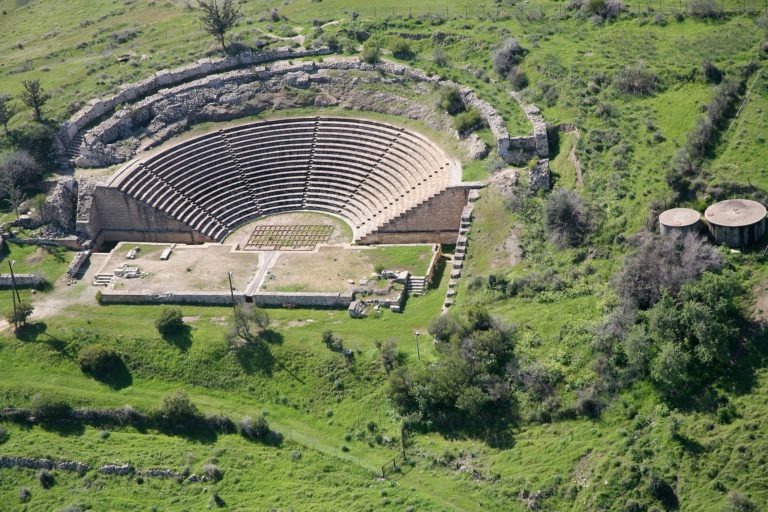There is no one who enjoys a good ruin more than Essential Cyprus, although this one won’t be a ruin in the near future, as it is undergoing a hopefully wonderful, authentic, restoration after being gifted some EU funding. We shall report back on that once it is finished!
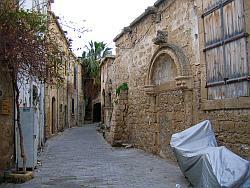 In central Kyrenia there are many ways in which to spend a day, and you would be surprised how quickly the time goes! It’s a great place to even just spend time sitting in the harbour, people watching, having a drink and some lunch in one of the many restaurants, taking in some of the sights and sounds, and perhaps popping into the odd shop along the way!
In central Kyrenia there are many ways in which to spend a day, and you would be surprised how quickly the time goes! It’s a great place to even just spend time sitting in the harbour, people watching, having a drink and some lunch in one of the many restaurants, taking in some of the sights and sounds, and perhaps popping into the odd shop along the way!
Obviously there are the glaringly obvious places of interest to absorb you, such as the magnificent Kyrenia Castle and the Shipwreck Museum housed within it, the stunning St. Hilarion castle as well as other exhibits housed in centuries old buildings, and you can find out more about these in our articles on museums and castles. Also, just taking a walk behind the harbour will introduce you to some interesting and restored houses, as well as the Paşah mosque, all set in a myriad of cobbled and narrow streets which you can get quite lost in!
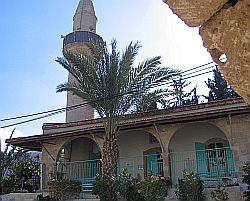
Going east from Kyrenia, there are many places to stop off and explore, some easy to find whilst some others not so easy! The further east you travel from Kyrenia you come across many ancient and historically fascinating places that remain in good condition and make North Cyprus a beautiful place for all things ancient and historic!
Starting in Ozanköy you can see the 17th century Kazaphana Mosque, a well kept example of Ottoman architecture, with the two graves of the architect and donator to the mosque. There is also the Panayia Tou Potmau church built around the 15th century, although sadly many of the frescoes inside have now deteriorated.
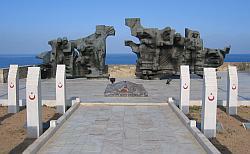
Going west from Kyrenia, there are many places to stop off and explore – and you may be surprised to learn that there are many more than you will usually find in most guidebooks. The further west you travel from Kyrenia you come across many fascinating and historical places that remain a proud testament to an island rich in history.
Starting in Karaoğlanoğlu (pronounced Kara-o-lan-o-loo) is the ‘Şehitleği’ (martyrs’ monument) in a well-kept garden on the coastal side of the main road. This is the resting place of 71 men who died during the intervention of 1974. The Peace and Freedom museum is also located here, featuring tanks and other military vehicles and an indoor exhibit reporting on the intervention of the Turkish military. Further along the main road is the Peace and Freedom monument, a plain concrete structure rising into the air which marks the 1974 landing place.
 If you are visiting the city of Lefkoşa whilst on your travels in North Cyprus, or just fancy spending some time looking around whilst you may have business to attend to, it’s well worth taking time to explore the sights, of which there are plenty.
If you are visiting the city of Lefkoşa whilst on your travels in North Cyprus, or just fancy spending some time looking around whilst you may have business to attend to, it’s well worth taking time to explore the sights, of which there are plenty.
Beside the abundance of museums covered in our separate article, there are some great examples of period architecture, some of which have been restored in recent years and some which are still partially intact, enabling you to at least get a feel for the history of this ancient city. Lefkoşa is believed to have begun as Ledroi in around 280 BC, and was further developed during the Byzantine era and further still by the various occupiers of the subsequent centuries, and has always been a place of importance.
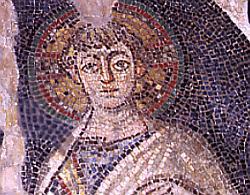
The Karpaz Peninsula is one of the last remaining true sanctuaries of peace and calm, it’s a place littered with historical sites and stunning views where everyone should visit at some point whilst on the island of Cyprus.
To get to the Karpaz you can go either via Famagusta on the south-east coast and turn inland heading north, or you can now take the coastal road via Esentepe and Tatlısu where a new road has been constructed over the last few years.
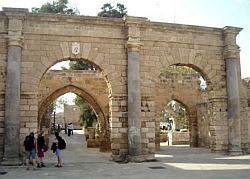 Once one of the world’s richest cities, Famagusta is an oasis of history, and you would be wise to either make a weekend of it, or visit several times to give yourself enough time to explore this wondrous and historical gem.
Once one of the world’s richest cities, Famagusta is an oasis of history, and you would be wise to either make a weekend of it, or visit several times to give yourself enough time to explore this wondrous and historical gem.
During the Lusignan period from 1192-1489, Famagusta became a very prosperous place with many residing academics, meaning that plenty of money flowed to this part of the world, and subsequently the homes and buildings were opulent and plentiful too. Today you can see ruins, museums, churches, mosques, basilicas and much more. We will list a few of the major sights and places of interests to get you going, but there is certainly more to be seen!
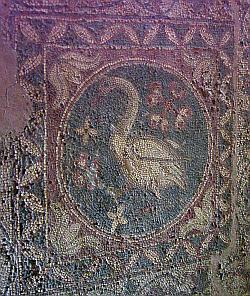 When visiting or indeed living in Northern Cyprus, there is so much to see in the way of historical sites, and there are some sites which are an absolute must see. In this article we will detail the delights of Soli, a fascinating site in terms of world history.
When visiting or indeed living in Northern Cyprus, there is so much to see in the way of historical sites, and there are some sites which are an absolute must see. In this article we will detail the delights of Soli, a fascinating site in terms of world history.
Soli is located to the far west of North Cyprus beyond Güzelyurt, it’s just past the village of Gemikonağı along the coastal road. There is a sign for Soli just after Gemikonağı that indicates that you should turn left, but for some reason the sign’s not particularly big so look out for it carefully as people have been known to completely miss it! From the turning follow the road up and you will come to the site located on the lowland slopes where there is ample parking and a ticket office, (cost of a ticket at time of writing is 10tl), where you will be given literature about the site.


